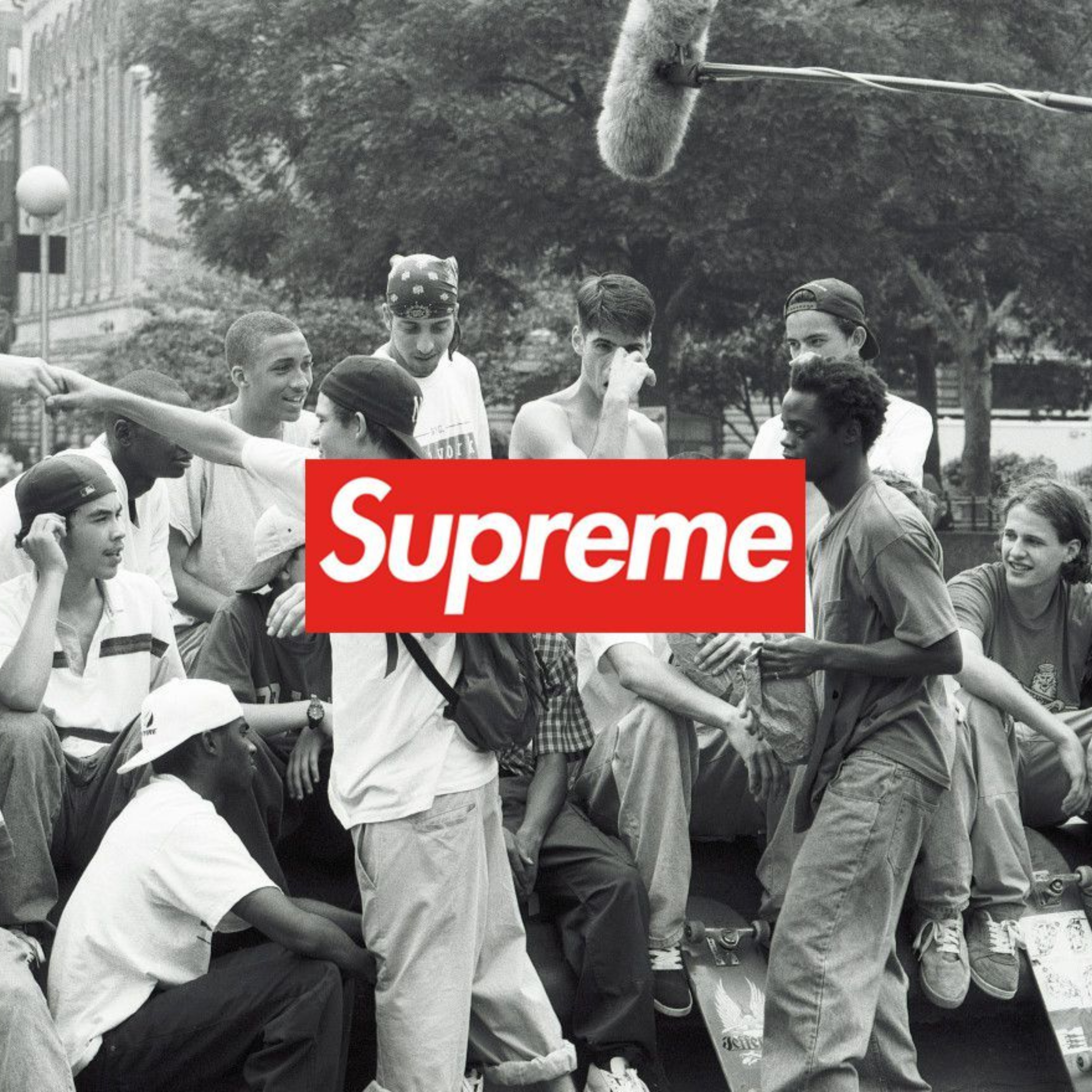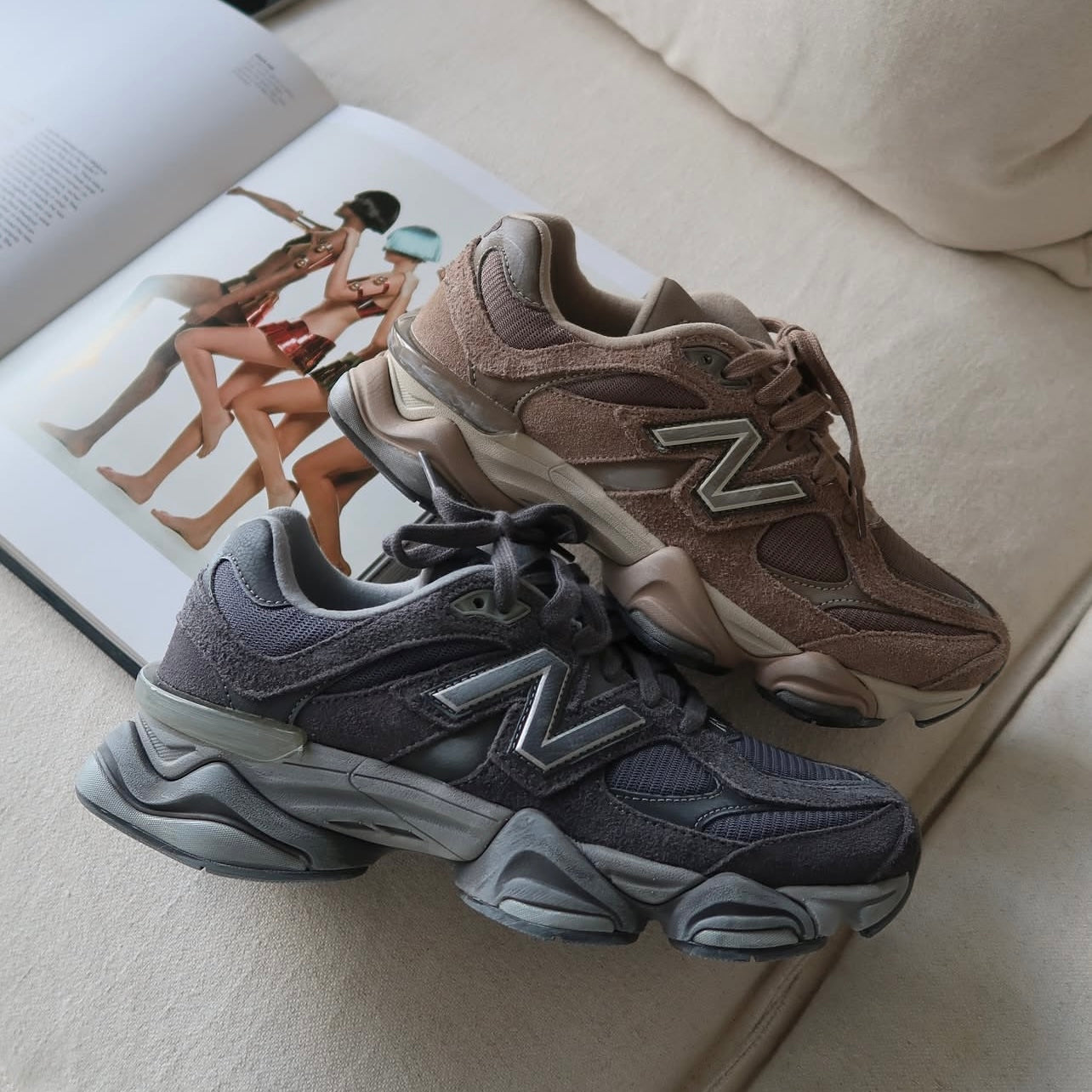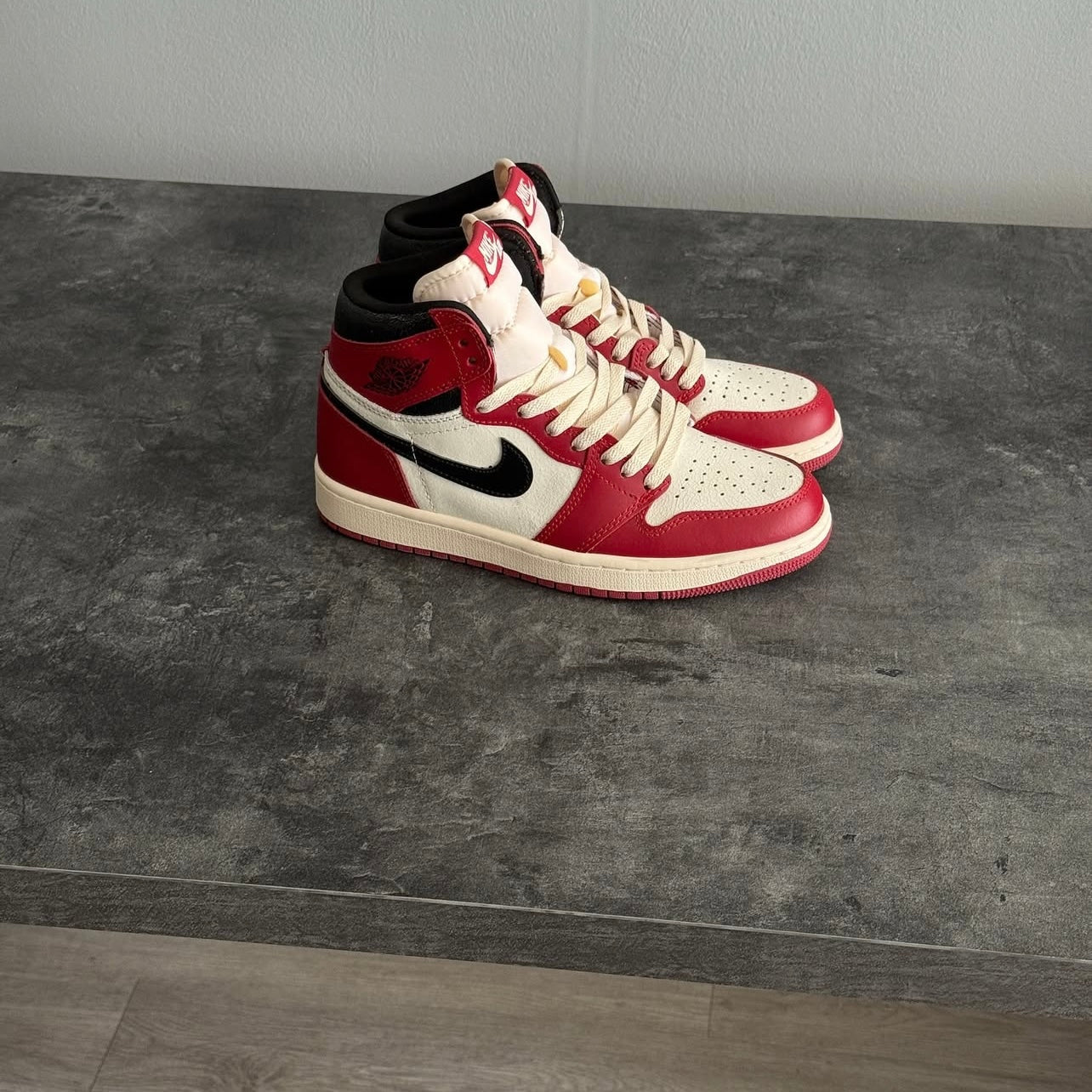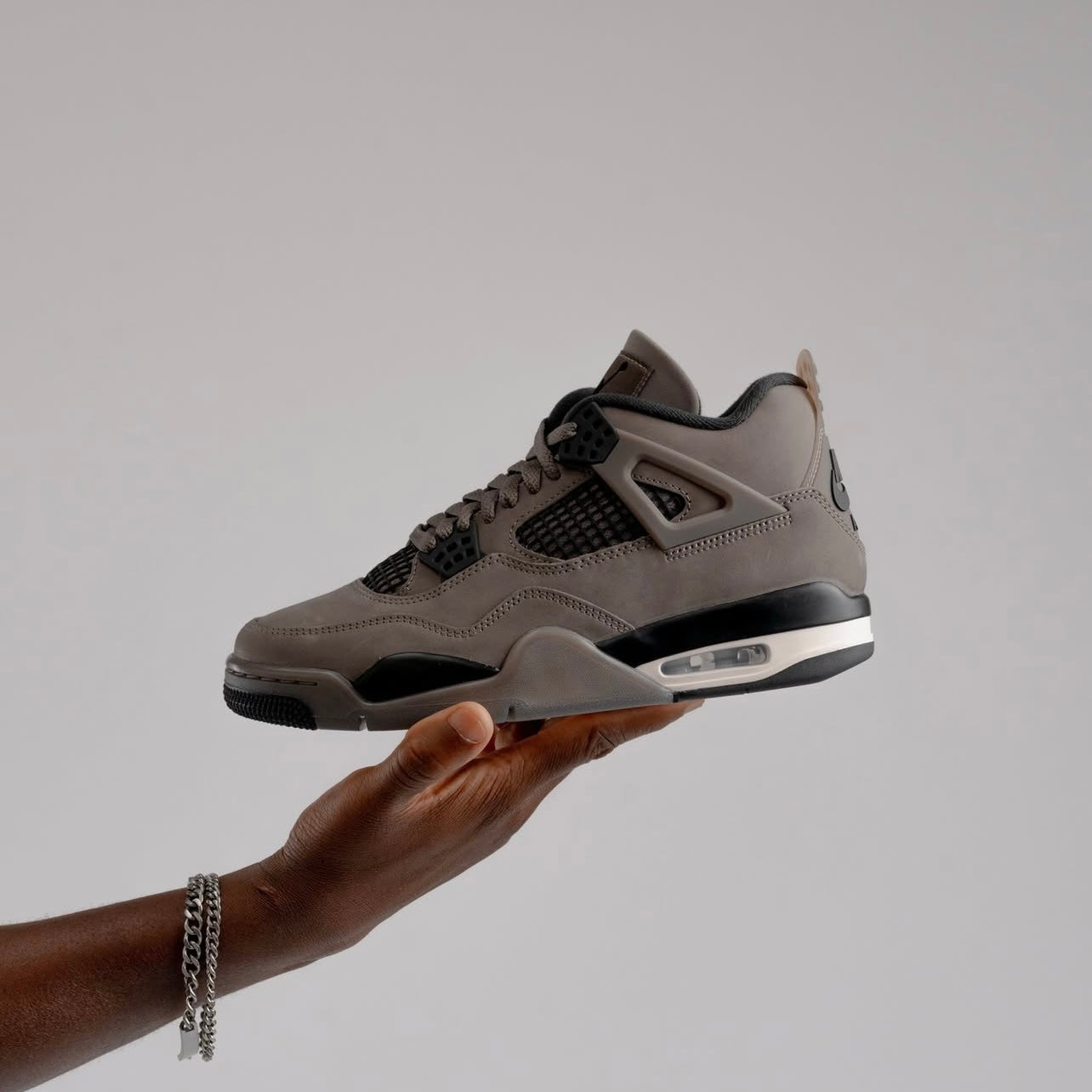Supreme: From Skater Roots to Streetwear Royalty
Supreme is no longer just a brand—it's a cultural institution. From its humble beginnings as a niche skate shop in downtown New York City to its status as one of the most sought-after names in fashion, Supreme has redefined streetwear. Known for its bold logo, limited releases, and high-profile collaborations, Supreme has built a global empire that blends skate culture, fashion, and art.
Let’s explore Supreme’s journey from underground skate culture to becoming a powerhouse in street fashion.
The Beginning: Supreme’s Skateboarding Roots
Supreme was founded in 1994 by James Jebbia, who envisioned creating a store that catered to New York City’s skate community. Unlike other skate shops, Supreme embraced a minimalist aesthetic. Its flagship store on Lafayette Street was designed with open spaces, allowing skaters to come in and feel at home. This simple but thoughtful approach was a reflection of Jebbia's belief that skaters deserved their own space to express themselves freely.
From the beginning, Supreme had a clear identity. The iconic red box logo, inspired by the work of conceptual artist Barbara Kruger, became a symbol of the brand’s rebellious ethos. Supreme didn’t chase trends; it embraced skate culture’s raw, authentic attitude. This authenticity resonated deeply with its audience, setting the stage for what was to come.
The Hype Machine: Supreme’s Strategy of Scarcity
One of Supreme’s most defining strategies has been its method of releasing limited-edition products. By dropping small quantities of items in weekly “drops,” Supreme creates an atmosphere of urgency and exclusivity. Fans line up for hours or even camp overnight just for a chance to buy the latest release. This scarcity, combined with the brand’s reputation, has made Supreme a cultural phenomenon.
Supreme’s first collaboration in 1997 with American skateboard brand Shorty’s was just the beginning of a long history of partnerships. Collaborations soon became a key part of the brand’s identity, allowing Supreme to push the boundaries of streetwear by merging different worlds. From luxury fashion houses like Louis Vuitton to pop culture icons like The Simpsons, Supreme’s ability to collaborate across genres made it the brand to watch.
Supreme in the Early 2000s: A Cultural Shift
In the early 2000s, Supreme’s reputation grew as streetwear culture started gaining mainstream attention. The brand tapped into hip-hop, punk, and skateboarding scenes, maintaining an underground vibe while expanding its influence. As celebrities, musicians, and artists began wearing Supreme, it became a status symbol for those in the know.
One of Supreme’s most significant moments came in 2006 with the release of its collaboration with Nike on the Supreme x Nike SB Dunk Low. This sneaker, featuring Supreme’s signature design style, sold out almost instantly and became one of the most iconic streetwear collaborations of all time. It signalled Supreme’s ability to merge skate culture with the sneaker world, solidifying its place at the heart of street fashion.
Collaborations: Supreme’s Key to Success
Supreme has mastered the art of collaboration like no other brand. What sets Supreme apart is its ability to choose partners that align with its rebellious yet sophisticated identity. The 2017 collaboration with Louis Vuitton, one of the most unexpected and successful partnerships in fashion history, marked a significant shift. The luxury-meets-streetwear collection fused high fashion with skate culture, bridging two seemingly opposing worlds. The collection sold out immediately and became a turning point for both Supreme and luxury fashion.
Supreme’s collaborations are not just limited to fashion. The brand has worked with musicians, artists, and even brands like Budweiser and Fender, further expanding its reach beyond streetwear. This cross-disciplinary approach keeps Supreme relevant in a constantly changing cultural landscape, making each release feel like an event.
Why Is Supreme So Popular?
At the heart of Supreme’s popularity is its ability to maintain exclusivity while embracing different subcultures. The brand is a master of contradiction: it’s mainstream yet underground, luxurious yet gritty, rebellious yet revered. This delicate balance, combined with limited product releases, keeps demand high and Supreme constantly in the cultural conversation.
1. Scarcity: The small production runs of each product, along with limited availability, create a sense of exclusivity. Fans feel like they are part of an elite club when they score a Supreme piece.
2. Collaborations: Supreme’s ability to collaborate with a wide range of artists, designers, and brands across different industries keeps its offerings fresh and unpredictable.
3. Cultural Influence: By staying true to its skateboarding roots while embracing music, fashion, and art, Supreme has become a cultural icon, a brand that represents much more than just clothing.
The Resale Market: Supreme’s Secondary Economy
One of the unique aspects of Supreme’s success is the thriving resale market that has grown alongside it. Many fans buy Supreme products not just to wear but to resell at a premium price. Items that originally sell for $50 can go for hundreds, even thousands, of dollars on the resale market. This phenomenon has turned Supreme into a brand that is part fashion, part investment.
The brand’s ability to generate hype around its releases, combined with the resale potential, has turned Supreme drops into a full-fledged cultural event. Websites and apps dedicated to tracking Supreme releases, resellers, and streetwear enthusiasts fuel the fire, ensuring Supreme remains at the center of streetwear culture.
The Supreme Legacy: From Skate Shop to Fashion Empire
In 2020, Supreme took another major step by being acquired by VF Corporation, the parent company of Vans, The North Face, and Timberland, in a deal valued at $2.1 billion. While some feared this acquisition might dilute Supreme’s authenticity, the brand has managed to maintain its underground appeal, proving that it can balance commercial success with cultural credibility.
Even as Supreme has become a global powerhouse, it continues to honor its roots. Its collaboration with The North Face, which began in 2007, is a perfect example of how Supreme stays true to its DNA while constantly evolving. Each release, whether a new collection or a collaboration, reflects the brand's commitment to staying relevant, innovative, and connected to its core audience.
Conclusion
From a small skate shop in New York to a billion-dollar global streetwear brand, Supreme has maintained its authenticity and appeal. By mastering the art of scarcity, collaborating with a wide range of industries, and staying true to its skateboarding roots, Supreme has become much more than a brand—it’s a cultural icon. Supreme’s influence reaches far beyond fashion, touching art, music, and street culture. As it continues to evolve, Supreme’s legacy in the world of streetwear is already cemented as one of the greatest of all time.





Share:
Corteiz: The Rise of Streetwear’s Bold New Vision
BAPE: The Evolution of a Streetwear Legend